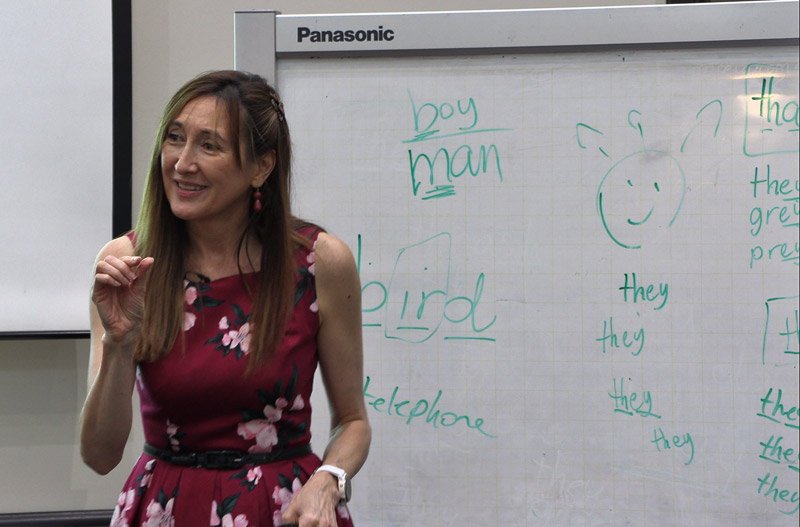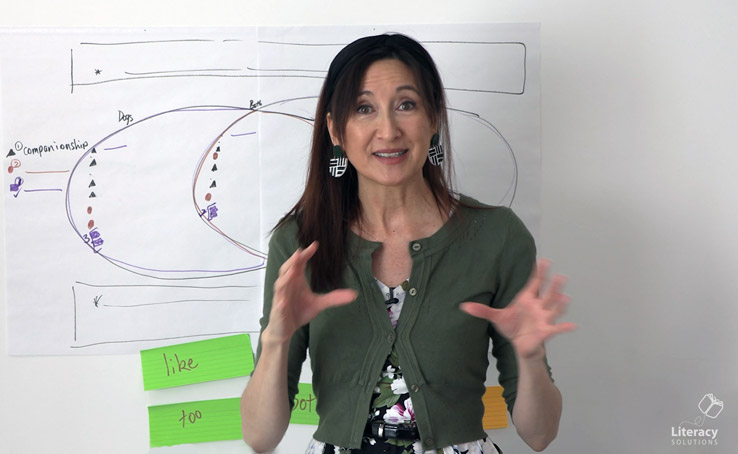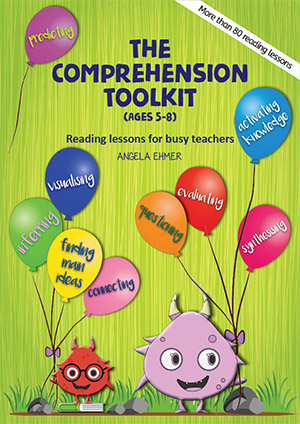Reading comprehension – connecting readers to texts
I recently conducted a reading workshop with a group of middle years’ teachers. When discussing comprehension strategies, one teacher noted that her students found it difficult to consider texts from perspectives other than their own. As we fleshed out the importance of connecting to and from texts, I shared a recent lesson I had conducted with a group of Year 5 students in central Queensland.
Before reading I spent time activating students’ prior knowledge and encouraging them to share their personal experiences and other knowledge around the topic (skin). All responses were personal connections to the topic (injuries, scars, etc). During and after reading the text, the students were prompted to make deeper connections and inferences around the text, as their knowledge of the topic increased.
After reading, a focused discussion continued and the students responded well to literal, inferential and evaluative understandings of the topic using their personal connections to and from the text as a basis to extend their learning.
I had students try to recall any other connections they could make to the text and prompted them to consider other texts read, documentaries, television shows or films viewed, advertisements, things they heard about on the news, seen in the community, etc. As students tried to recall other connections, I wrote three headings across the whiteboard . . .
Connections to things that have happened to me or someone close to me
Connections to things I’ve read or viewed
Connections to things that happen in my community or world
I dedicated half the whiteboard to the connections made to self and shared the remaining space between the connections made to other texts and connections to the world.
The students collected a post it note each and were asked to record a connection to the text that was different to the earlier experience they had shared. They were encouraged to think of connections to other texts and the world. On returning to the group, the students shared their new connection with friends and then placed their connection beneath the appropriate heading on the whiteboard.
Four connections were to other texts, one to the world and the remaining twenty-one were to self. As we discussed how fabulous it was everyone could bring more connections to this text, I asked the students why they thought connections to other texts and the world might be important. As students struggled to answer this question, I asked them to reflect about parts of the text that they had no personal connections to, eg. severe burns to a large proportion to the body. Again I asked, how could connections to other things you’ve seen or heard about, help you to understand what it might be like to experience these types of injuries or how the skin reacts and responds to these conditions?
At that point, some of the students started to (loosely) explain the importance of this comprehension strategy . . .
More things are likely to happen outside our (personal realm of) experiences, and by connecting to these things, we can use them to understand things that have not happened to us.
EUREKA!!! BY GEORGE, THEY’VE GOT IT!
Is this a problem in your classroom?




